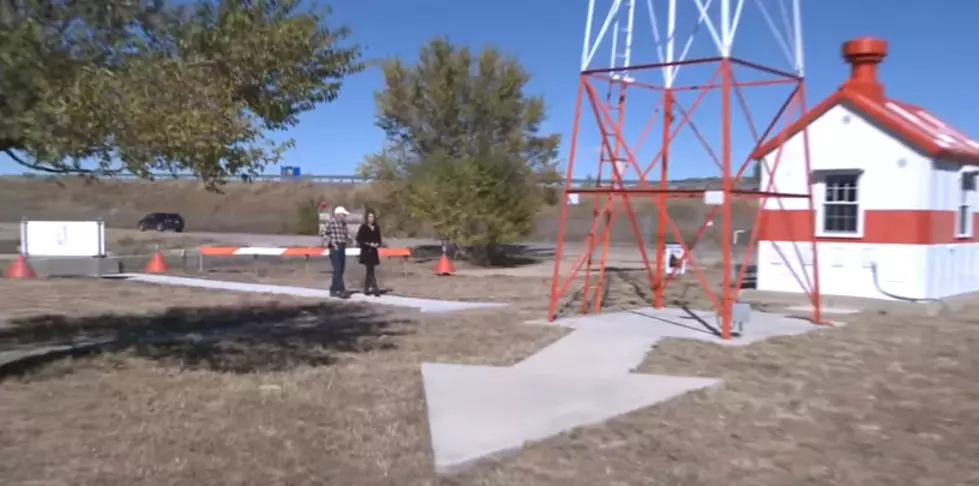
Aviation Arrows For Navigation? Travel Before GPS
Before the creation of GPS, how did airplanes cross the United states? With a compass, of course. What if the compass failed? well, these giant concrete arrows crossed the U.S. to guide planes with this very problem. According to Ken Jennings,
Every so often, usually in the vast deserts of the American Southwest, a hiker or a backpacker will run across something puzzling: a ginormous concrete arrow, as much as seventy feet in length, just sitting in the middle of scrub-covered nowhere.
For locations of existing arrows go to the Washington Historical Society.
How likely is GPS to fail? According to a story in The New Yorker,
The radio signal that is the lifeblood of the Global Positioning System originates from a constellation of twenty-four satellites, orbiting more than twelve thousand miles above Earth. When it reaches the ground, after about sixty-seven milliseconds, it is so weak as to be almost imperceptible. (G.P.S. experts often compare processing the signal to trying to read by the light of a single bulb in a city thousands of miles away.) The signal tells the receiver the precise moment at which it left the satellite. Given four of these cues, processed simultaneously, the receiver can extrapolate its position in three dimensions. A timing error of as little as a millisecond can throw its calculation off by nearly two hundred miles.
So, not likely but I guess you better keep that old paper map handy.
More From Kalamazoo's Country


![Mary Sarah Takes Us to ‘Church’ on ‘The Voice’ [Watch]](http://townsquare.media/site/204/files/2016/05/Mary-Sarah-My-Church.jpg?w=980&q=75)





![Brett Eldredge, ‘Wanna Be That Song’ [Listen]](http://townsquare.media/site/204/files/2016/05/Brett-Eldredge-Wanna-Be-that-Song-Art.jpg?w=980&q=75)
